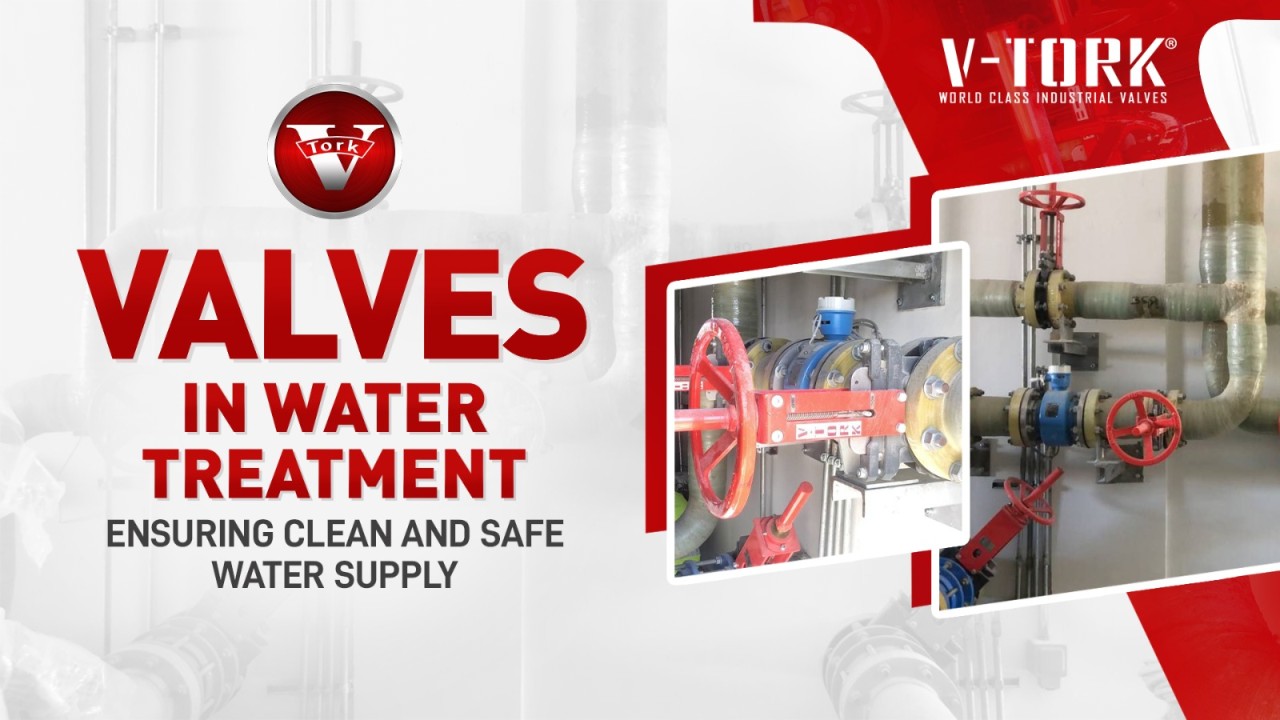
Valves in Water Treatment: Ensuring Clean and Safe Water Supply
How Valves Ensure Clean and Safe Water Supply
Every time you turn on the faucet and crystal-clear water flows out, have you ever stopped to wonder how it gets there? The journey from source to tap involves a complex and multi-layered treatment process. Behind the scenes, silently ensuring this journey runs smoothly, are valves – the unsung heroes of clean and safe water supply.
Regulating the Flow: A Valve’s Role in Water Treatment
Water treatment facilities rely on a network of pipes and valves to channel water through various stages of purification. Let’s explore some specific tasks valves perform in this vital process:
Intake and Pre-Treatment: Water is drawn from its source, be it a river, lake, or groundwater well. Here, valves regulate the flow of raw water into the treatment plant and may also control the addition of coagulants – chemicals that help remove impurities.
Sedimentation and Clarification: The raw water passes through settling basins where heavier particles sink to the bottom. Valves control the flow rate through these basins, allowing sufficient time for sedimentation. Later stages may utilize valves to manage the removal of clarified water from the top, leaving settled solids behind.
Filtration: Water then travels through filtration units, where sand, gravel, or membrane filters remove suspended particles, bacteria, and other contaminants. Valves control the flow of water through these filters and may also be used for backwashing – a process that cleans the filters and removes accumulated debris.
Disinfection: To eliminate harmful microorganisms, water is typically treated with disinfectants like chlorine. Valves precisely control the dosage and ensure proper mixing throughout the water.
Storage and Distribution: Treated water is stored in reservoirs before being distributed to homes and businesses. Valves regulate the flow of water into and out of these storage tanks, ensuring consistent pressure throughout the distribution network.
Backflow Prevention: To prevent contaminated water from flowing back into the clean water system, special check valves are installed. These valves allow water to flow in one direction only, safeguarding public health.
The Right Valves in Water Treatment
Water treatment involves various chemicals and harsh disinfectants. To ensure reliable performance and prevent corrosion, valves used in these facilities are constructed from specific materials. Common choices include stainless steel, ductile iron, and PVC (Polyvinyl Chloride).
Ensuring Optimal Performance: The Importance of Valve Maintenance
Just like any mechanical equipment, valves in water treatment plants require regular maintenance. Here’s why:
Leak Prevention: A single leaky valve can waste a significant amount of treated water, leading to higher costs and potential environmental concerns. Routine maintenance helps identify and address leaks promptly.
Maintaining Efficiency: Over time, unmaintained valves can become less efficient, requiring higher operating pressures to overcome internal friction. Regular maintenance ensures smooth operation and optimal water flow.
Safety and Reliability: Properly functioning valves are crucial for safe water treatment operations. Maintenance helps prevent valve failures that could disrupt the water supply or pose safety risks.
V-Tork, a leading manufacturer of high-performance valves, understands the critical role valves play in ensuring clean and safe water. We offer a comprehensive range of valves specifically designed for water treatment applications. These valves are durable and corrosion-resistant, low-maintenance design, and have quality and reliability.
By choosing V-Tork valves and implementing a proactive maintenance plan, water treatment facilities can ensure the smooth operation of their systems and contribute to a sustainable future with clean water for all.